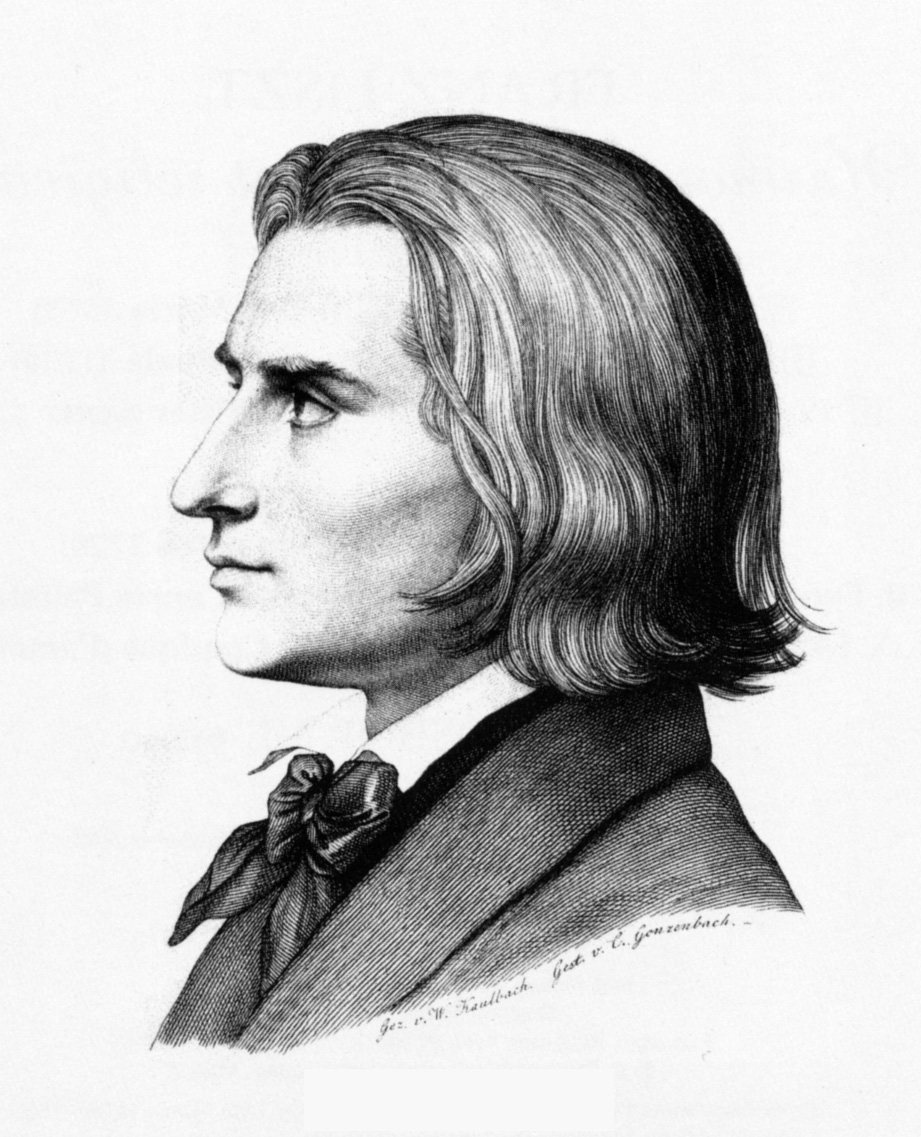|
Lisztomania
Lisztomania or Liszt fever was the intense fan frenzy directed toward Hungarian composer Franz Liszt during his performances. This frenzy first occurred in Berlin in 1841 and the term was later coined by Heinrich Heine in a feuilleton he wrote on April 25, 1844, discussing the 1844 Parisian concert season. Lisztomania was characterized by intense levels of hysteria demonstrated by fans, akin to the treatment of celebrity musicians today – but in a time not known for such musical excitement. Background Franz Liszt began receiving piano lessons at the age of seven from his father Adam Liszt, a talented musician who played the piano, violin, cello, and guitar, and who knew Joseph Haydn, Johann Nepomuk Hummel, and Ludwig van Beethoven personally. By age eleven, Franz Liszt was already composing music and appearing in concerts. As he grew older, Liszt continued to study and develop his expertise at playing piano. Liszt began an extensive tour of Europe in 1839, which he continued fo ... [...More Info...] [...Related Items...] OR: [Wikipedia] [Google] [Baidu] |
Liszt In 1843
Franz Liszt, in modern usage ''Liszt Ferenc'' . Liszt's Hungarian passport spelled his given name as "Ferencz". An orthographic reform of the Hungarian language in 1922 (which was 36 years after Liszt's death) changed the letter "cz" to simply "c" in all words except surnames; this has led to Liszt's given name being rendered in modern Hungarian usage as "Ferenc". From 1859 to 1867 he was officially Franz Ritter von Liszt; he was created a ''Ritter'' (knight) by Emperor Francis Joseph I in 1859, but never used this title of nobility in public. The title was necessary to marry the Princess Carolyne zu Sayn-Wittgenstein without her losing her privileges, but after the marriage fell through, Liszt transferred the title to his uncle Eduard in 1867. Eduard's son was Franz von Liszt., group=n (22 October 1811 – 31 July 1886) was a Hungarian composer, pianist and teacher of the Romantic period. With a diverse body of work spanning more than six decades, he is considered to be one ... [...More Info...] [...Related Items...] OR: [Wikipedia] [Google] [Baidu] |

